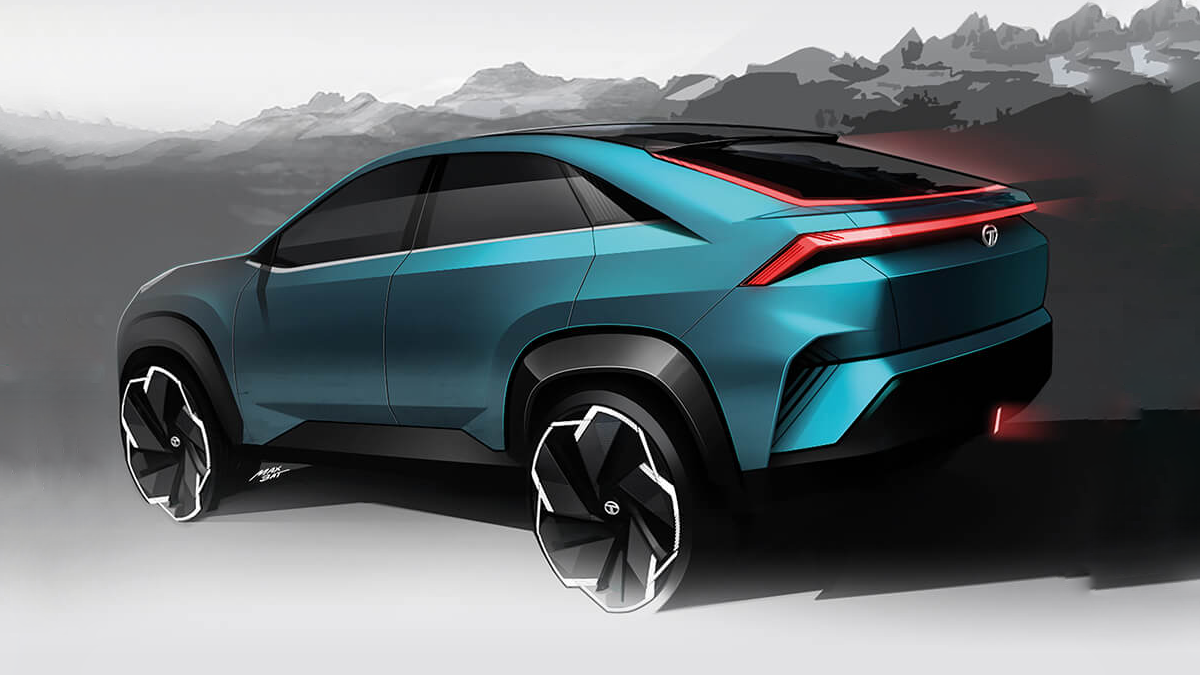Send a message
We’re here to answer any question you may have.
careers
Would you like to join our growing team?
careers@hub.com
careers
Would you like to join our growing team?
careers@hub.com
We’re here to answer any question you may have.
Would you like to join our growing team?
careers@hub.com
Would you like to join our growing team?
careers@hub.com

Tata Motors, the leading Indian automobile manufacturer, has embarked on an ambitious journey towards sustainable mobility with its foray into the electric vehicle (EV) market. This bold move marks a significant milestone in Tata’s commitment to environmental stewardship and innovation. By introducing a range of electric vehicles, Tata Motors aims to revolutionize the automotive landscape, driving the transition towards a cleaner and greener future.
Tata Motors’ electric vehicle plunge is driven by a vision to create a sustainable and eco-friendly transportation ecosystem. With an emphasis on reducing carbon emissions and minimizing environmental impact, the company aims to redefine mobility by offering electric vehicles that are not only technologically advanced but also affordable and accessible to a wider audience.
Tata Motors has introduced an impressive lineup of electric vehicles across various segments. The Tata Nexon EV, India’s first indigenously manufactured electric SUV, was a game-changer in the market. Building on its success, Tata Motors expanded its electric portfolio with the introduction of the Tata Tigor EV and the upcoming Tata Altroz EV. This diverse range of electric vehicles caters to different customer preferences, further promoting the adoption of clean transportation solutions.
Tata Motors’ EV plunge is underpinned by a strong focus on innovation and cutting-edge technology. The company has invested heavily in research and development to develop efficient electric powertrains, battery systems, and charging infrastructure. Tata Motors’ EVs are equipped with advanced features, smart connectivity options, and robust safety measures, ensuring a seamless and secure driving experience for customers.
Tata Motors’ electric vehicle plunge aligns with the Indian government’s vision of promoting electric mobility. The government’s initiatives, such as the Faster Adoption and Manufacturing of Hybrid and Electric Vehicles (FAME) scheme, provide support and incentives to manufacturers and consumers alike. Tata Motors actively participates in these schemes, leveraging the benefits to make electric vehicles more affordable and accessible to Indian consumers.
Tata Motors’ foray into electric vehicles is a testament to its commitment to sustainability. The company has set ambitious sustainability goals, including carbon neutrality and the use of renewable energy sources in its manufacturing processes. By embracing electric mobility, Tata Motors is spearheading the green revolution in the automotive industry, driving change and inspiring other manufacturers to follow suit.
Adding {{itemName}} to cart
Added {{itemName}} to cart